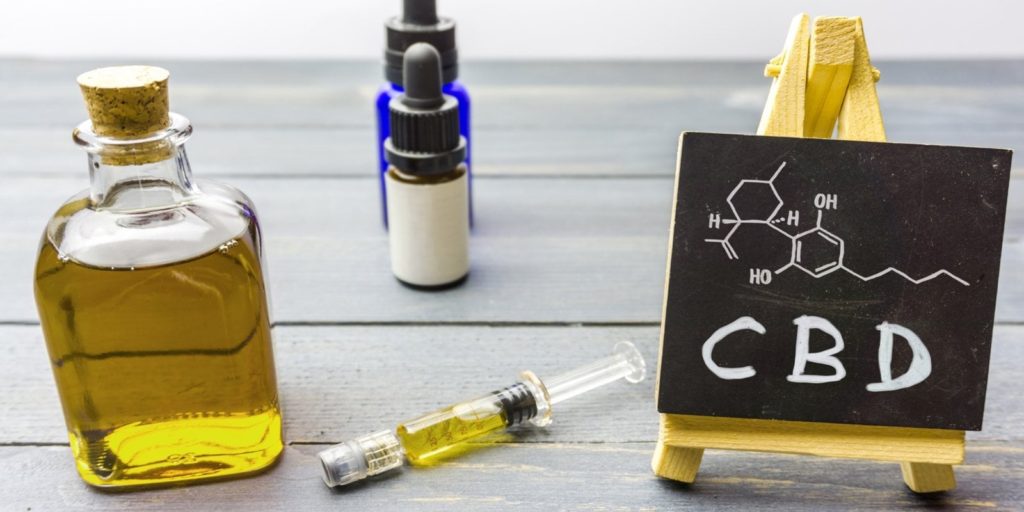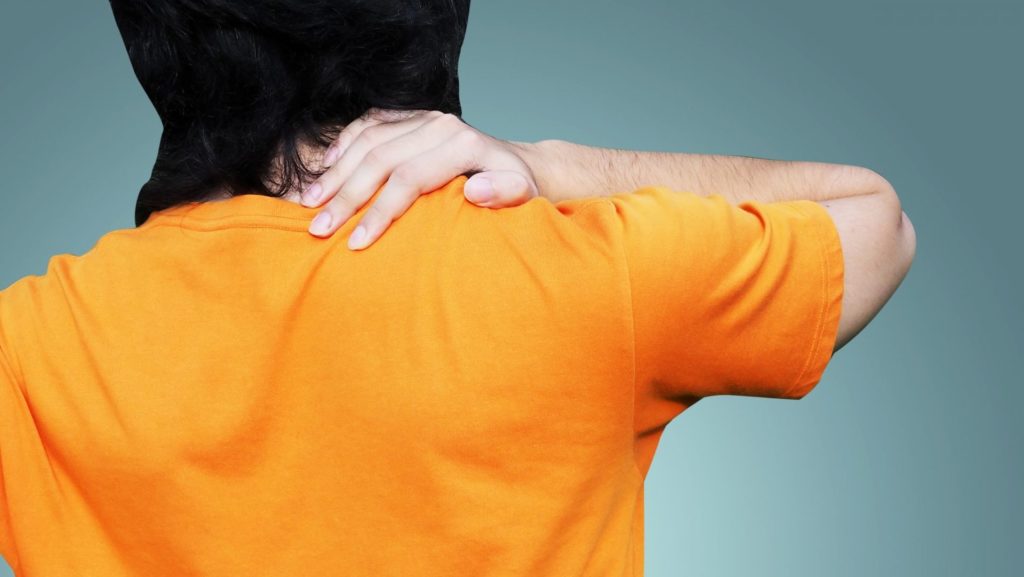What is CBD oil?
CBD oil is derived from the cannabis plant. CBD is non-psychoactive, which means it doesn’t produce a “high” as many other cannabinoids do.
Many CBD oil products are available, and the amount of CBD in them can vary.
Many people use cannabis as a means of recreation, but some dispute medicinal use.
If the cannabis contains below 0.3% of THC, it is called hemp and is considered legal under the Farm Bill.

Joint Pain
Joint pain is a catch-all term used to describe various aches, discomfort, and soreness generated by one of the joints in your body. The most common type of joint problems are arthritis (joint inflammation) which leads to everything from joint pain to other symptoms like swelling and limited movement. It’s important to note that you can still experience joint pain without inflammation as well; this diagnosis would go by a different name such as “mechanical” or “post-traumatic”.
Joint pain usually affects one joint at a time, but some forms of chronic arthritis can cause it to affect multiple joints throughout the body.
Research shows there are a variety of ways to reduce joint pain, including hot and cold therapy, exercise routines, and medication.
CBD OIL for Painful Joint
Traumatic injuries to joints may begin as a muscle sprain or a tear of the ligaments or tendons. Issues with inflammation can follow such as bursitis, synovitis, arthritis or ankylosing spondylitis. (Arthritic degeneration of joints is reviewed in the section on “Arthritis”.) Bursitis and joint inflammation occur naturally with aging and as a result of trauma. Traumatic injury results in an inflammatory response.
Can Medical Marijuana relieve arthritis pain?
Arthritis is one of the leading causes of disability, affecting 54.4 million people in the United States.
There are two major types of arthritis, both equally serious: rheumatoid arthritis and osteoarthritis.
Rheumatoid arthritis is a type of autoimmune disorder which causes the immune system to inflame joints.
Osteoarthritis is a condition that causes joint cartilage to break down, as well as bones. It typically affects the hip and knee joints but can also be felt in the thumbs.
CBD, or cannabidiol, has been generating a lot of anecdotal evidence over the past few years, suggesting it has potential health benefits such as less pain related behaviors, improving sleep quality, and reduced anxiety.
Though they admit that there have not been any “rigorous clinical studies” to confirm this, the Arthritis Foundation urges the Food and Drug Administration (FDA) to study and regulate CBD products.
We advise consulting a doctor before self-medicating with CBD for arthritis.
Bad Shoulders
Shoulder injuries usually happen when the muscles are weak or overused, particularly with repetitive motion. Typically, the pain is caused by soreness of the tendons in the rotator cuff. Tendonitis results when there are partial tears of the rotator cuff. So-called “frozen” shoulder (adhesive capsulitis) is often a later stage of an overuse injury. Shoulder joints can also be loose, causing dislocation or sometimes arthritis.
Bad Hips
Most cases of hip pain are the result of trauma or inflammation. Bursitis often occurs from climbing or from a fall or a direct blow to the hip. Arthritis of the hip is common, usually in elderly patients. The end result of this degenerative disease is joint enlargement induced by growth of cartilage, bone, ligament tendon, capsules, and chronic joint inflammation. A hip fracture can occur as a result of a fall or a motor vehicle accident.
Bad Knees
Knee pain may be the result of an injury, such as a ruptured ligament or torn cartilage. Conditions including arthritis, gout, and infections can also cause knee pain. Tendonitis around the joint is usually related to the patellar tendon, the large tendon over the front of the knee. Chondromalacia causes knee pain under the kneecap and is due to softening of the cartilage. Osgood-Schlatter disease is due to irritation of the growth plate just at the front of the joint, which is a condition seen in adolescents.
CBD Products and Your Aching Body Parts
NOTE FOR FIRST TIME READERS: Cannabinoids – such as THC, CBD – and terpenes are the main medically active components in cannabis plants (aka marijuana). For more information on these components, and much more about the plant, see our section on the Science of Cannabis.
The use of medical cannabis (both internally and topically) to relieve pain for musculoskeletal and joint pain has been handed down as a folk-remedy and used by health professionals for centuries. Evidence now exists to support the anti-inflammatory and noticeable pain relief properties of cannabis as well as CBD and THC.
Some patients take a daily dose one to three times per day as their ongoing anti-inflammatory treatment. The fact that medical or recreational marijuana can also alleviate chronic pain makes it especially useful, whether on its own or to enhance the effect of opiates.
Research has also shown that patients are able to reduce their usage of potentially harmful non-steroidal anti-inflammatory drugs (NSAIDs) when using cannabis as an adjunct therapy.
Often topical application of cannabis is used for muscle relaxation and local pain relief. It has been shown that peripheral cannabinoid receptors are involved in anti-inflammatory and analgesic effects, so we know the receptors are there. Topical applications of cannabis is a safe and powerful method of delivery with few side effects. It can be applied to the affected area without causing psychoactive effects.
How to Gain the Benefits from CBD
Joint pain is easy to address by topical CBD applications. CBD oils work too but topical creams are easiest to localize treatment to reduce pain and inflammation. THC and CBD are both anti-inflammatory, but THC content may boost pain relief. So, a combination of all of the above is smart, as they act on different receptors.
Be wary of the concentration of cannabis in your product. A typical effective topical has 300 to 500 mg of cannabinoids in a 4-ounce jar. This is for cannabis extracted cannabinoids, which are more potent per mg than CBD isolated from hemp, which requires a higher dose.
Remember, topicals last only up to 6 hours, so you may have to reapply several times/day for pain management. The best topicals for joint pain are ones that pass through the skin and enter the joint or back area. They should contain a solvent that accomplishes this, such as alcohol, emu oil, petroleum jelly, DMSO, or shea butter, although this is not an exhaustive list.
For internal use, both CBD and THC are anti-inflammatory and muscle relaxant. An internal dose of 10 mg up to 3x/day in an edible or tincture of a 1:1 mix is useful. Use more CBD and less THC up to a 20:1 ratio if you want to reduce psychoactivity.



